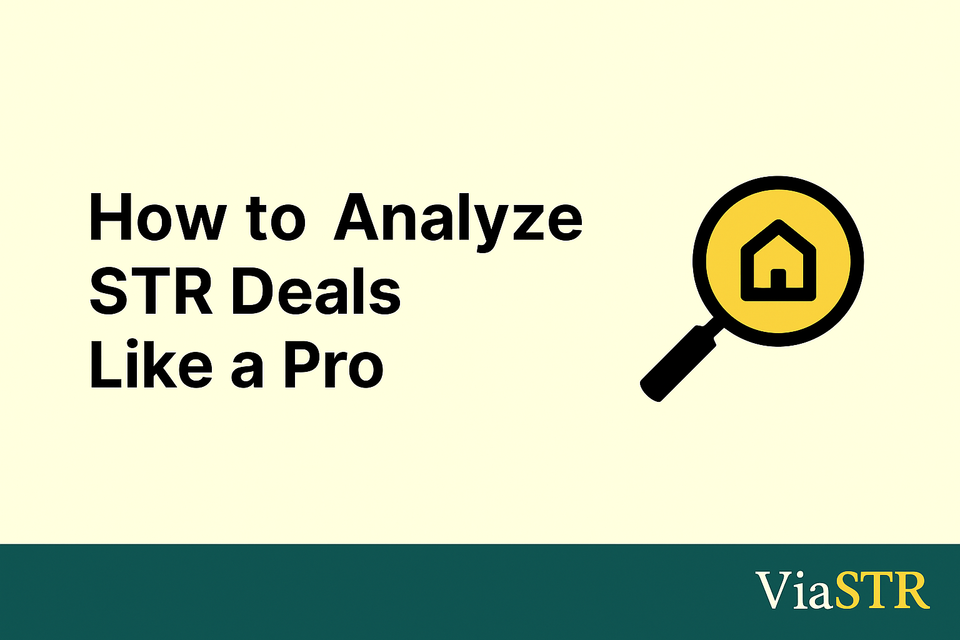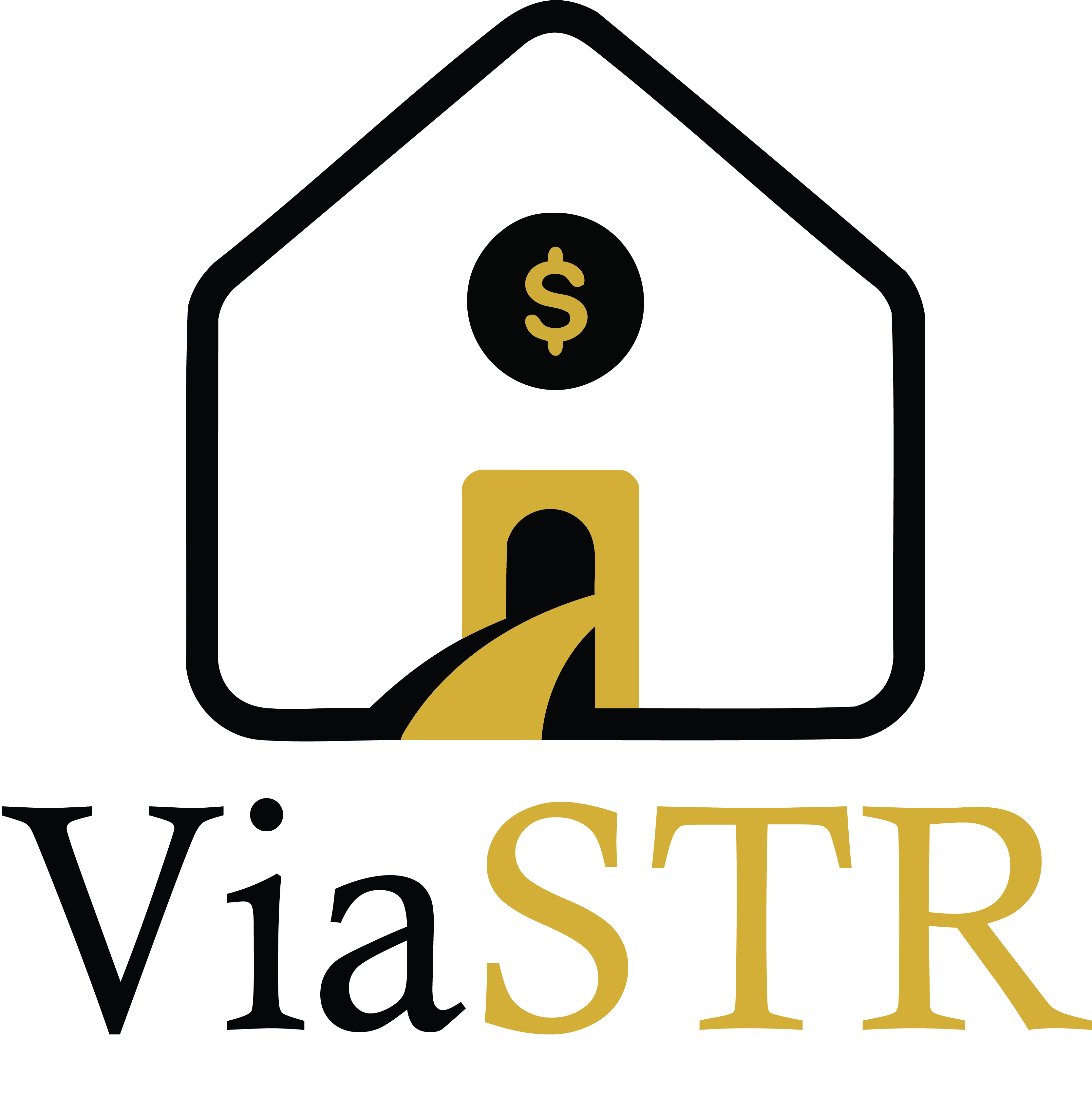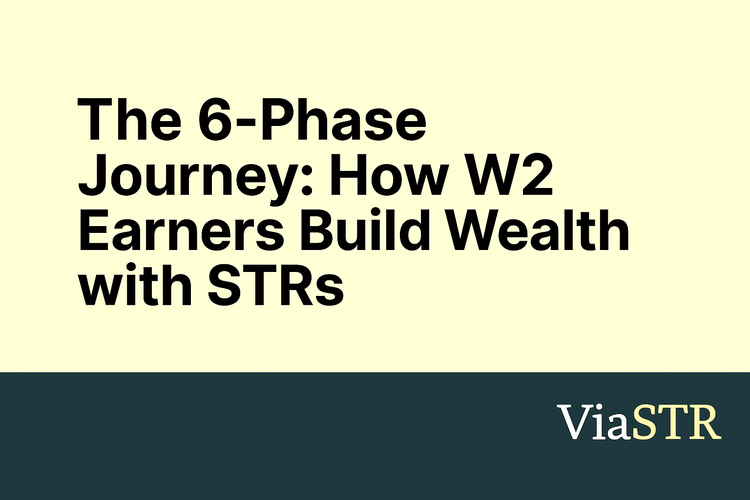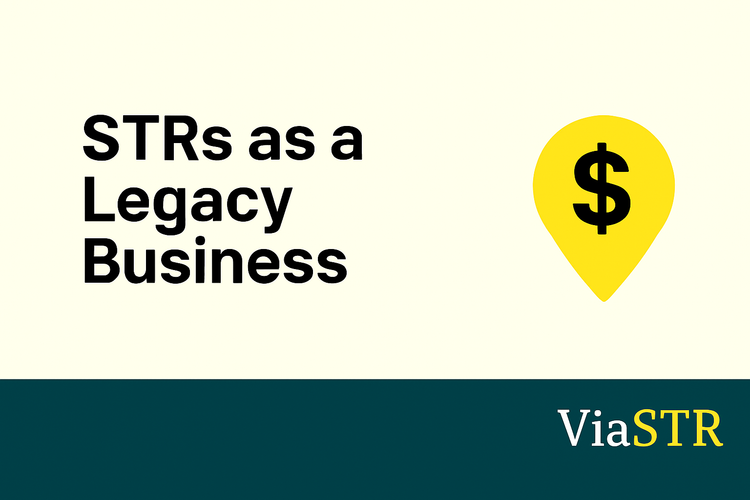How to Analyze STR Deals Like a Pro

At a Glance
- Run the numbers: Focus on CoC, ADR, and occupancy before making an offer.
- Account for all expenses: Don’t forget utilities, turnovers, and local fees.
- Rely on data tools: Use platforms like AirDNA instead of gut feel.
- Stress test scenarios: Model lower occupancy or ADR to see if it still works.
- Compare multiple deals: Spot better opportunities and avoid overpaying.
Why Deal Analysis is Essential
Analyzing a short-term rental (STR) deal isn’t about liking the photos or imagining the guest experience — it’s about making sure the numbers work.
The difference between a profitable STR and a financial headache often comes down to how well you evaluate a property before making an offer.
Let’s break down the process step by step.
1. Run the Core Numbers
Cash-on-Cash Return (CoC)
CoC measures annual cashflow divided by your cash invested (down payment + closing + furnishings).
- Most STR investors target 10–20% CoC.
- Example: If you invest $100,000 and your STR nets $15,000 per year, your CoC is 15%.
Average Daily Rate (ADR)
ADR is what guests are willing to pay per night.
- Tools like AirDNA and PriceLabs can show market averages.
- In tourist-heavy areas, ADR swings by season — high summer rates may offset slower winters.
Occupancy Rate
Occupancy reflects the percentage of nights booked.
- STRs often succeed at 55–75% occupancy, depending on seasonality.
- A higher ADR with lower occupancy can still outperform a low-ADR, high-occupancy listing.
2. Factor in All Expenses
Many investors underestimate costs. A true pro factors in every line item:
- Mortgage (P&I)
- Property taxes and insurance
- Utilities & WiFi
- Cleaning & turnover costs
- Supplies and maintenance
- HOA or city fees (if applicable)
📌 Pro Tip: Always add a buffer for unexpected maintenance — HVAC replacements, water heaters, and roof issues can crush cashflow if ignored.
3. Use Market Data, Not Guesswork
Gut feel is dangerous. Market data grounds your projections.
- Tools like AirDNA’s Rentalizer let you plug in an address for realistic revenue comps.
- STR Insights provides deep-dive analysis by property type and amenity mix.
- PriceLabs and Beyond Pricing help benchmark ADR shifts in real time.
“Data beats intuition. The best STR investors rely on hard numbers before pulling the trigger.”
4. Stress Test Your Assumptions
Ask yourself:
- What if occupancy drops 10%?
- What if ADR dips 15% in a recession?
- What if new competition floods the market?
By modeling downside scenarios, you’ll see whether a deal still works under pressure. Strong properties pass the stress test.
5. Compare Multiple Properties
Never fall in love with just one deal. Comparing at least 3–5 similar listings helps you:
- Spot outliers (overpriced or underperforming properties).
- Identify better ADR/occupancy combinations.
- Avoid emotional decisions.
In hot markets, this extra discipline prevents overpaying just to “win” a property.
Key Takeaway
Pro STR investors don’t buy blind. They rely on data, disciplined deal analysis, and stress testing before committing.
With a strong framework, you’ll know exactly which properties can generate consistent cashflow — and which ones to walk away from.
👉 Want to strengthen your foundation? Check out our post on Financing Your First STR.
Next Steps
- Previous Post: Financing Your First STR: Loan Options for W2 Earners
- Next Post: Scaling Beyond Your First STR: Portfolio Growth Strategies
See Also
- How to Choose the Right Market for Your STR
- The STR Loophole Explained: Tax Savings Without REP Status
- The 6-Phase Journey: How W2 Earners Build Wealth with STRs



